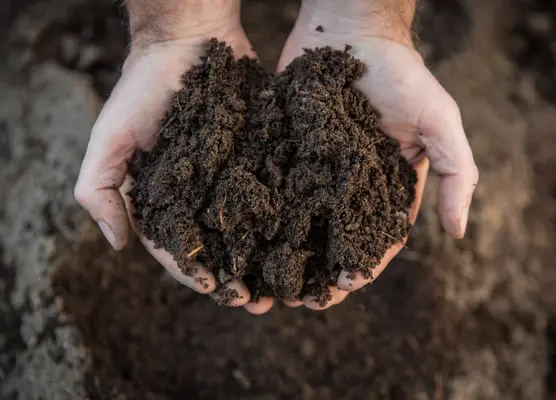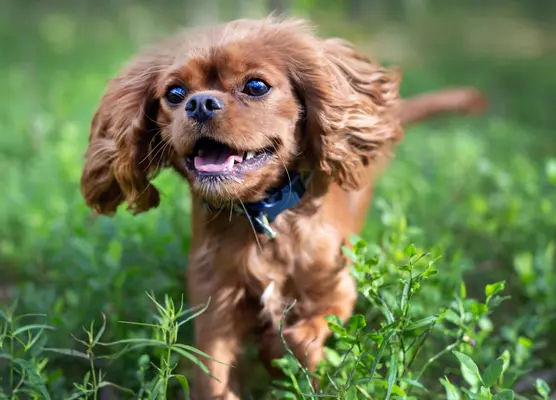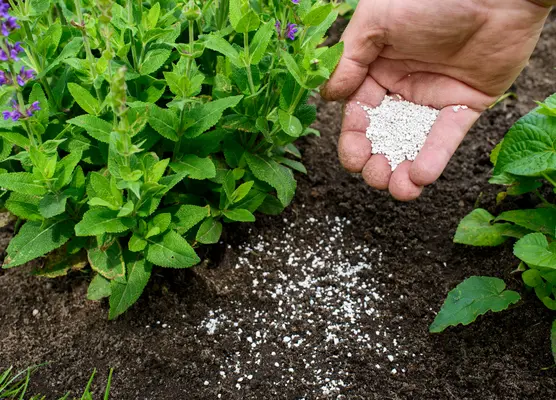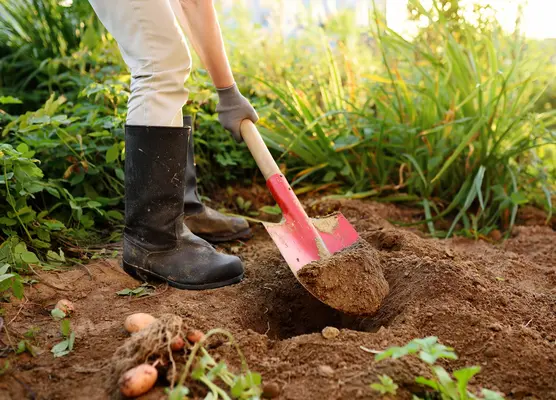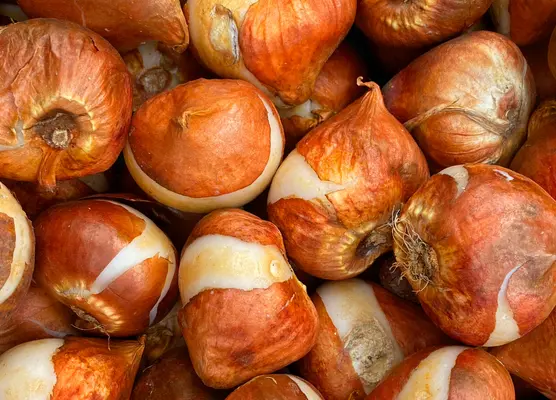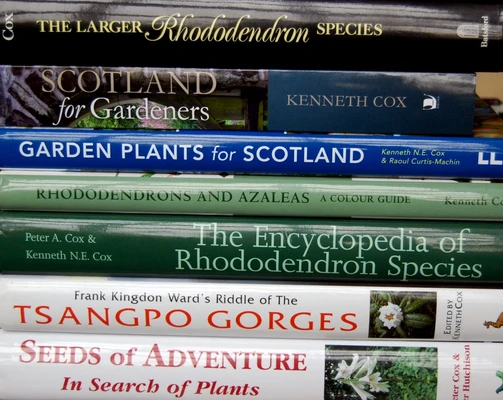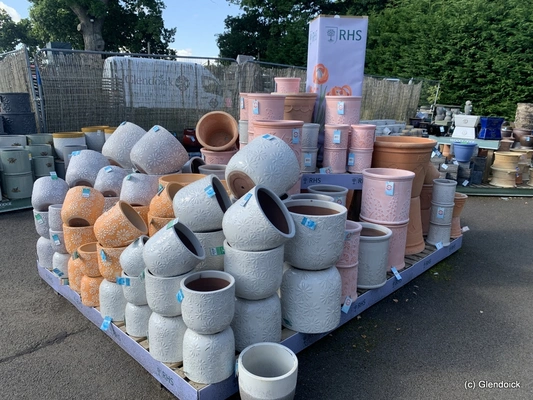Composts and Growing Media
Garden Centre Composts are moving to peat free in the years 2023-25
it is not an ideal situation for gardeners as peat free composts are not good for all horticultural uses. Seed sowing composts and Ericaceous composts are particularly tricky without peat. The best peat free composts for most uses are those with some soil content. I.e. with John Innes added.
Westland Multi Purpose Compost With Added John Innes
The best all round compost (Ken Cox from Glendoick says)
- Contains loam (John Innes) formulated to hold water and nutrients for longer, protecting plants from under or over-feeding by releasing nutrients when needed.
- Perlite has also been added to improve the compost structure and allow adequate air movement around the roots.
- Multi Purpose Compost with added John Innes is easy to rewet after drying and remains moist for longer after watering.
- Containing all essential trace elements and recommended for use in seed sowing, pricking out, potting on, houseplants, containers or hanging baskets.
- Contains food for up to first 4 weeks plant growth, with recommended feeding after 4-6 weeks.
- Not suitable for Rhododendrons and azaleas
Ericaceous Compost
- Formulated for acid loving plants such as rhododendrons and azaleas
- Contains 4 months feed
- Formulated for acid-loving plants grown in pots, planters or containers.
- Suitable for potting, planting out or growing acid loving plants such as Rhododendron, Camellia, Azalea, Pieris and more....
- Peat free Ericaceous composts are sadly not ideal for container growing in the long term, without additional material being added. Peat free breaks down quickly and tends to cause unhealthy plant growth after a few years.
- HOW to IMPROVE ERICACEOUS COMPOST Mix in 50% garden home made compost, or well rotted manure, and/or leafould if you can and the compost will be suitable for container growing. Ken Cox also recommends mixing in perlite for growing rhododendrons and azaleas in containers, especially yellow flowered rhododendrons. This improves drainage.
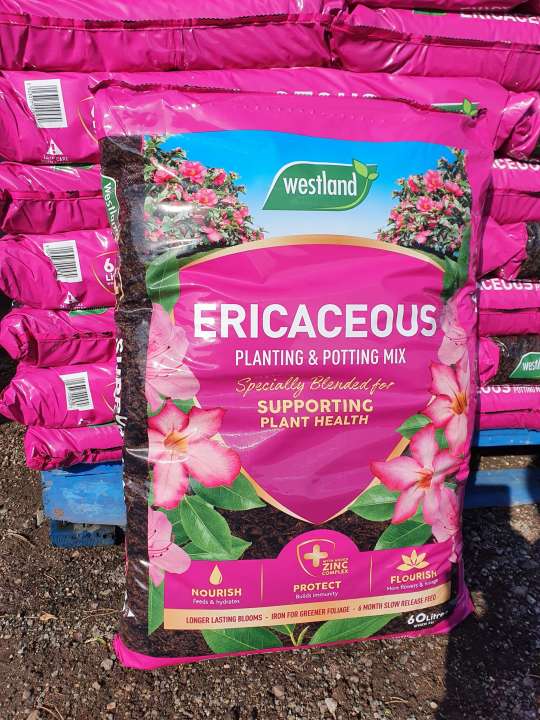
Grow bags
- Glendoick recommend large grow bags as the traditional ones are too small and run out of steam by mid summer.
- Extra large - more roots, more fruit on tomatoes, peppers, chillies, peas & beans
- Feeds for 6 weeks
- Moisture retention formula - requires less watering
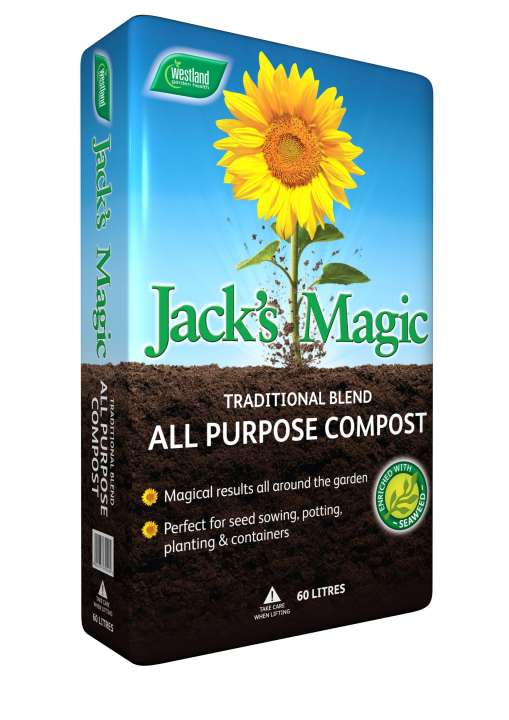
Westland Jacks Magic Compost
A traditional multipurpose mix blended to deliver fantastic natural growth.
- Material: Peat and West+ Wood fibre. Peat is being reduced in this compost so it is not as easy to use as it was.
- Features: 100% naturally blended all purpose compost that delivers exceptional results from seed to shrub.
- Use for: seed sowing, potting on, beds and borders, containers, baskets, fruit & vegetables.
- Contains added seaweed to promote establishment and flowering.
Why Do I Need Compost?
For young plants and containers, use bagged growing media and compost not garden soil. Garden soil usually has spores and weed seeds in it and is best left in the garden. Bagged compost is sterilised and should be clean.
Ordinary garden soils can be good for growing plants/fruits/vegetables but they often need improving. Home made compost is ideal as is farmyard manure (rotted) but if you dont have these then bagged compost or a soil improver helps to improve growing conditions, so you should achieve bigger, healthier plants.
Different Types of Compost
Peat Based
Made from peat blended with other ingredients such as green waste, wood fibre, fertiliser, sand and/or grit, vermiculite or perlite, wetting agents and lime. The exact formulation will depend on the intended use of the compost. Peat is being phased out of all garden centre compost in 2024-26.
Loam Based
John Innes Composts are soil-based growing media made from a mixture of loam, sand or grit and peat with increasing amounts of plant foods added.
John Innes Seed Compost contains the smallest amount of nutrients as this encourages the best germination and growth of tiny roots and shoots.
John Innes No.1 Compost contains slightly more nutrients and is for transplanting seedlings.
John Innes No.3 Compost has the most nutrients, as this is designed for final planting up of plants ready for display or cropping.
Peat Free
Made from several different base ingredients, such as wood fibre, composted bark, coir, and green compost.
Decorative Bark
Great for mulching to make your garden look good, helps to retain soil moisture, suppress weed growth and will gradually improve soil structure.
Bulb Fibre
This compost has a more open texture which helps with root growth and has little nutrient content, as bulbs themselves don't really need them to develop until flowering stage. This compost normally has ingredients such as charcoal or oyster shells in it, which keeps the compost fresh.
Ericaceous Compost
Specially formulated for growing acid-loving or lime hating plants. it used to contain peat. That is changing.

